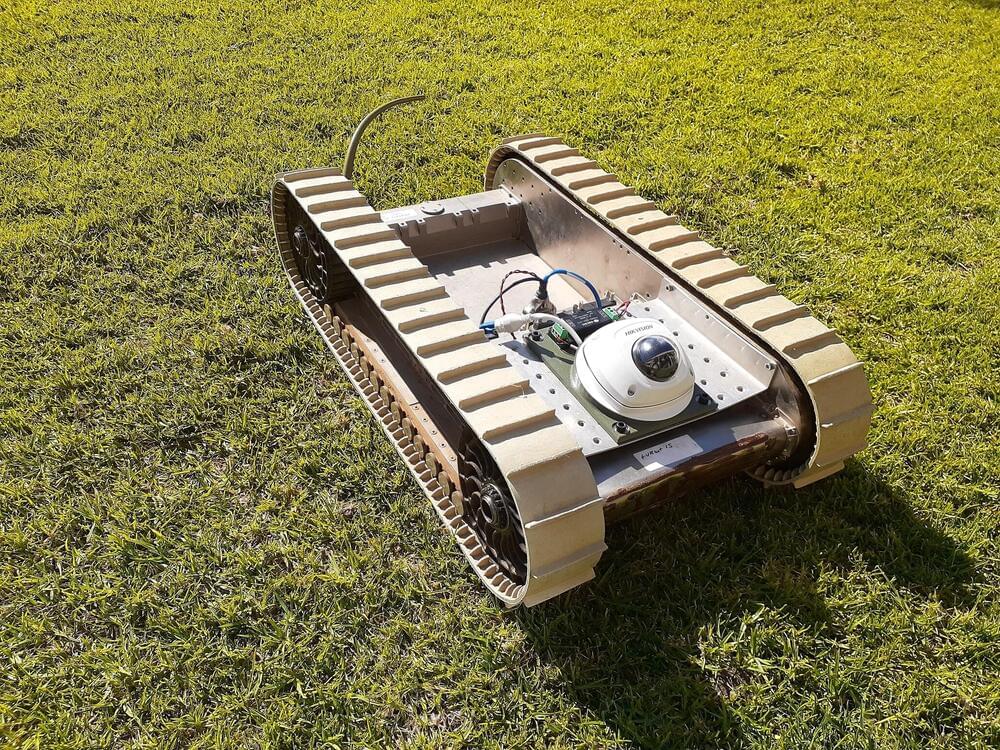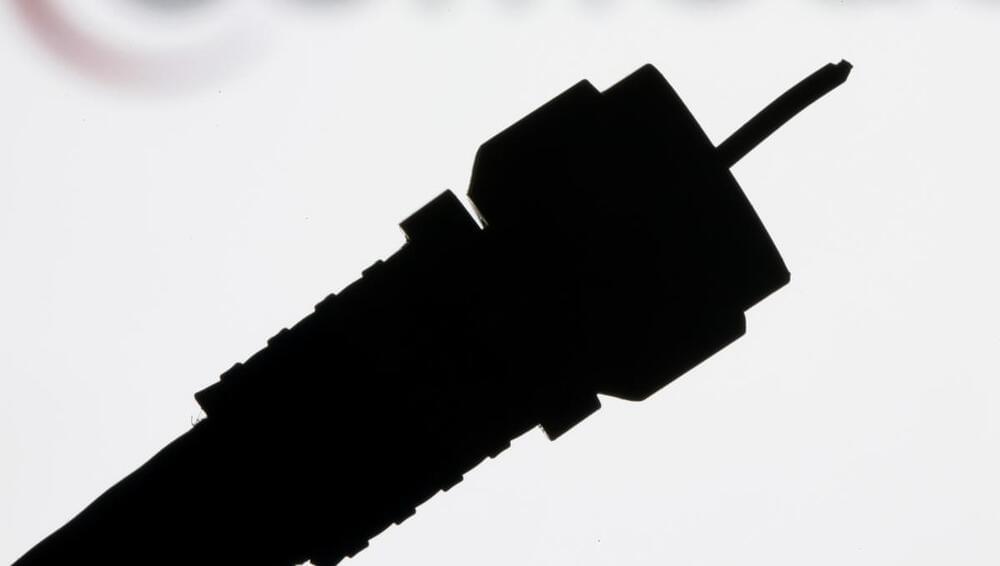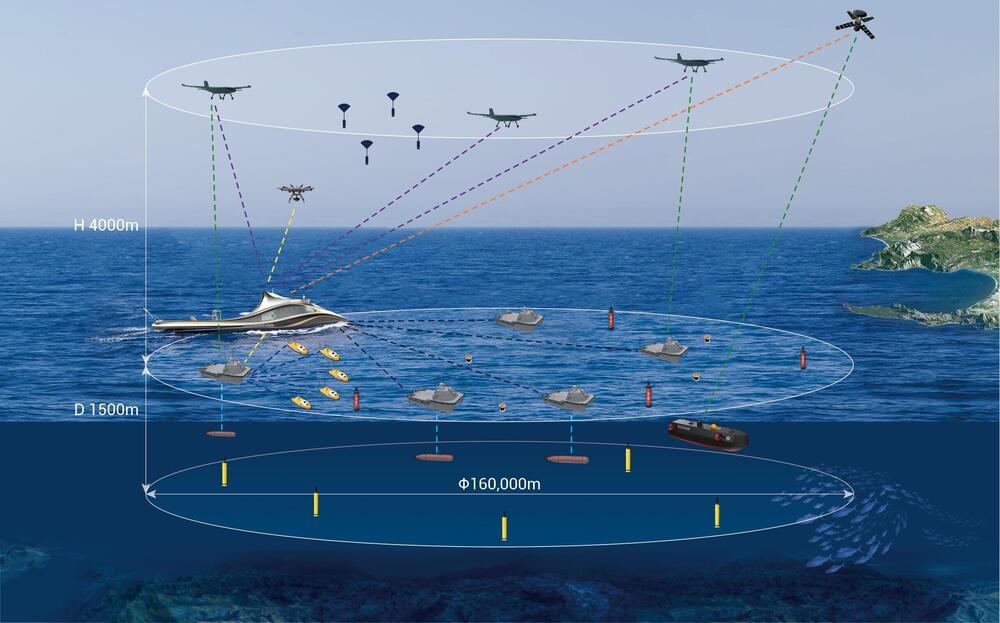🧠💊📊
Researchers from the University of Bonn delve into the complex relationship between ketamine and social cognition deficits in schizophrenia, revealing both promising and cautionary insights.


An Australian first biobank will be established to improve and discover new treatments for children with genetic muscle diseases.
The National Muscle Disease Bio-databank, co-led by Murdoch Children’s Research Institute, Monash University and The Alfred, will advance research into our understanding of why children develop genetic muscle diseases.
These diseases, spanning dystrophies and myopathies, are characterised by severe muscle weakness, usually from infancy, that can impact swallowing, breathing and lead to eye problems and learning difficulties.
Housed at Murdoch Children’s, the biobank will store blood test and skin biopsy samples from children across Australia with genetic muscle disease.
Murdoch Children’s Dr Peter Houweling said the project aimed to develop new and better treatments and fast-track discoveries into clinical trials.

Summary: A groundbreaking suite of 21 papers has unveiled a momentous leap in our understanding of the brain, spotlighting the intricate cellular composition of human and primate brains through a consortium led by the BRAIN Initiative.
Utilizing innovative single-cell transcriptomics, researchers illuminated a stunning array of over 3,000 different brain cells and their distinctive functionalities. This extensive research not only dives into the distinctiveness of the human brain but also pioneers a suite of scalable techniques that offer an unparalleled, detailed organization view of the brain.
This pivotal moment in neuroscience sets a promising stage for the next phase in cellular census efforts, propelling towards a more profound understanding of the brain’s complexity and functionality.

So many ways. But one crucial use is to help understand the basis of brain diseases. A reference human brain atlas that describes a normal or neurotypical brain could help researchers understand depression or schizophrenia or many other kinds of diseases, Lein says. Take Alzheimer’s as an example. You could apply these same methods to characterize the brains of people with differing levels of severity of Alzheimer’s, and then compare those brain maps with the reference atlas. “And now you can start to ask questions like, ‘Are certain kinds of cells vulnerable in disease, or are certain kinds of cells causal,” Lein says. (He’s part of a team that’s already working on this.) Rather than investigating plaques and tangles, researchers can ask questions about “very specific kinds of neurons that are the real circuit elements that are likely to be perturbed and have functional consequences,” he says.
What’s the next step?
Better resolution. “The next phase is really moving into very comprehensive coverage of the human and non-human primate brain in adults and development.” In fact, that work has already begun with the BRAIN Initiative Cell Atlas Network, a five-year, $500 million project. The aim is to generate a complete reference atlas of cell types in the human brain across the lifespan, and also to map cell interactions that underlie a wide range of brain disorders.

Australian researchers have designed an algorithm that can intercept a man-in-the-middle (MitM) cyberattack on an unmanned military robot and shut it down in seconds.
In an experiment using deep learning neural networks to simulate the behavior of the human brain, artificial intelligence experts from Charles Sturt University and the University of South Australia (UniSA) trained the robot’s operating system to learn the signature of a MitM eavesdropping cyberattack. This is where attackers interrupt an existing conversation or data transfer.
The algorithm, tested in real time on a replica of a United States army combat ground vehicle, was 99% successful in preventing a malicious attack. False positive rates of less than 2% validated the system, demonstrating its effectiveness.


The ocean has always been a force to be reckoned with when it comes to understanding and traversing its seemingly limitless blue waters. Past innovations such as deep-sea submersibles and ocean-observing satellites have helped illuminate some wonders of the ocean though many questions still remain.
These questions are closer to being answered thanks to the development of the Intelligent Swift Ocean Observing System (ISOOS). Using this system, targeted regions of the ocean can be mapped in a three-dimensional method allowing for more data to be gathered in a safer, quicker and more efficient method than existing technologies can achieve.
Researchers published their results in Ocean-Land-Atmosphere Research.


